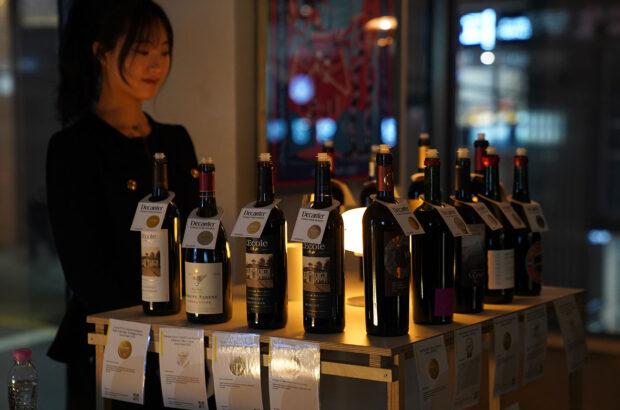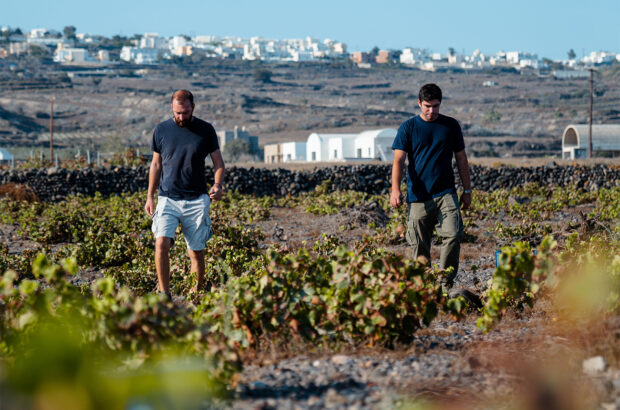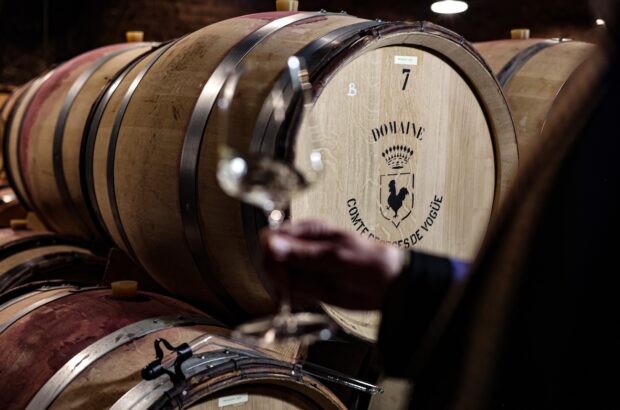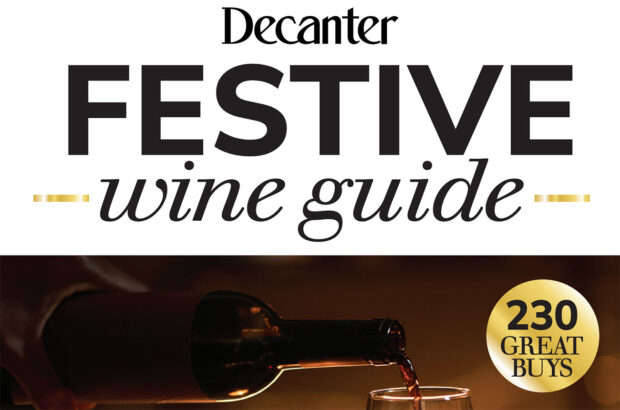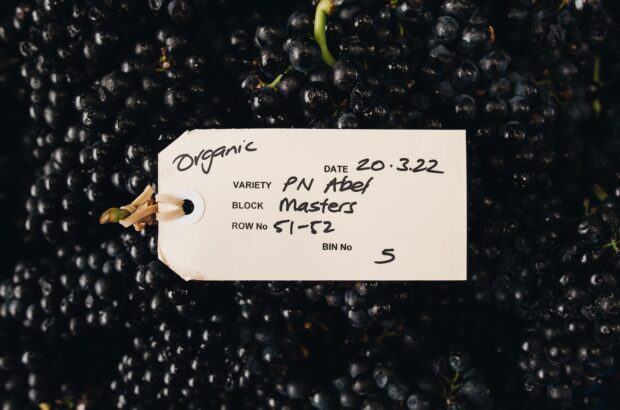Is democracy the safest form of government, or might autocracy have its merits? Is prosperity best assured through free-trade, or through protectionism?
All urgent questions at present, affecting wine as they affect everything else; the responses are consequential.
So much so… that I’ll leave those answers to you. I have a different dichotomy to discuss; it may even be the key question in wine aesthetics. When you treat yourself to a special bottle, what do you hope you’ll find? Is it wealth and resonance – or freshness?
Yes, I know that much depends on the vintage and type of wine you’re buying. Even so, there’s nearly always room for grower manoeuvre, and especially so with ambitious red wines such as those from Bordeaux, Bourgogne, the Rhône, Rioja, Tuscany and Piedmont, as well as their counterparts from the fine-wine regions of Australia, New Zealand, South Africa and North and South America. Broadly speaking, we’ve swung 180 degrees on this question over the last quarter-century. Until around 2010, the quest tended to be for wealth and richness; since 2010, we’ve prized freshness much more highly.
It’s not as simple as alcohol level alone, and the way that (for some) 14.5% or more has become a badge of shame. It also applies to fruit wealth, the amount and style of extraction, to questions of yield and concentration, to judgements on acid and tannin balances, and to post fermentation handling, especially decisions about oak and lees contact.
I’m sure Decanter readers have tracked these changes in what they’ve been buying, but a canter through the critical language used about wine underscores what’s an almost shocking aesthetic switch. Words like unctuous, thick, fleshy, concentrated and succulent were, prior to 2010, the hallmarks of approbation. No longer. Nowadays, it’s terms such as pure, precise, arrow-like, tightly wound, tightly coiled and tensile which prime the pump for a high-90s score. ‘Maceration’ now lords it over extraction; ‘low-acid’ has gone from thumbs up to thumbs down; ‘delicacy’ is evicting density. Fine wines, like humans, seem to be moving into the semaglutide era, too.
In some regions, the switch has been stark. Australia jumped early – the change was well underway when I spent 15 months there between 2009 and 2010. In Bordeaux, too, it’s clear to see, notably in great but almost high-wire vintages like 2016, 2019 and 2020. In Napa, by contrast, the mantra of freshness still belongs to the avant-garde rather than the mainstream. Piedmont has generally dispensed with affectations such as new oak, but not yet wholly redefined ripeness; Tuscan growers, too, are taking their time to think these matters through.
You might assign this trend to the retirement of Robert Parker and the arrival of a new generation of wine critics with different tastes; you might also conclude that it’s a reaction to the climate forcing that’s clearly underway in our atmosphere. Perhaps it’s nostalgia for the ‘classicism’ of the past. I hope, though, that it doesn’t go too far. I love ripeness in all wines, and I love texture and density in fine wines, too. I recall the tender, slow-dropping but tongue-coaxing softness of great Bordeaux vintages like 1982 and 1990 with immense affection; I’d hate to think that 2009 was the last of its kind.
In the end, the great quest is for resonance. For this, you need uncompromised ripening; you then need to take every opportunity for juice skin exchanges during the winemaking process. As with democracy, free trade and mutual aid, a successful long-term future is best assured by allowing all the potential – in a wine, in a society – its full and unfettered expression.
In my glass this month
The most exciting grower tasting I’ve enjoyed over the last year was with the supremely talented Jean-Marc Lafont at Domaine de Bel-Air in Lantignié, Beaujolais. The entire range (and it’s extensive) sings, but his Granit et Manganèse Moulin-à-Vent 2020 in particular is wonderfully lush, weighty and opulent, splendidly textured – yet its raspberry and blackberry fruits are as fresh as you like, too. No dichotomy here; enjoy both.




